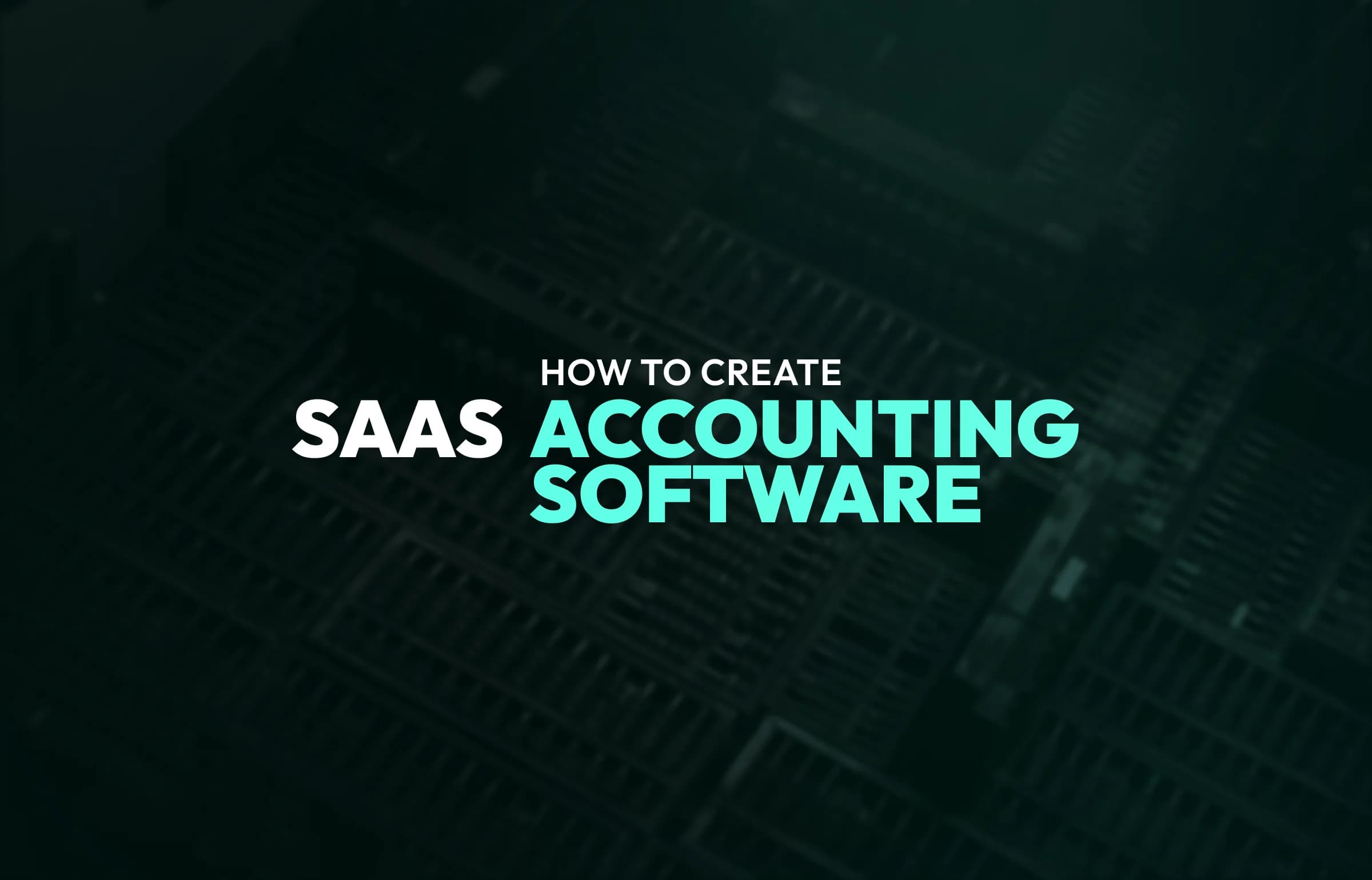
All INTEGRATING A PAYMENT GATEWAY IN E-COMMERCE WEBSITE AND APP
Updated:April 28, 20259 min read
Without a payment gateway, you can develop an e-commerce business only if it is non-profit.
Buying all you need at any time without leaving your cozy home has recently transformed from sensational news into an everyday routine. You could hardly find a person who has never tried online shopping.
Although it is fast and convenient, there is one factor that makes the people abandon their virtual carts in the process of buying in e-stores – transaction security. Want your customers’ checkout go as smoothly as possible? Take care of secured and easy-to-use payment gateway for your e-commerce business!
What is a payment gateway?
A payment gateway is what connects your e-store with the bank. The service can perform several types of transactions:
- authorization – checking whether there is enough money on the customer’s balance to buy the product;
- capture – authorized payment processing and sending the money to the merchant’s account;
- sale – is authorizing a buyer and then capturing (or not) the money. It is usually used for instant purchases, for example, subscription;
- refund – returning the money if the order is canceled;
- void – same as a refund, but applied in a case where there wasn’t processed capture
How does payment gateway work in e-commerce?
If the fact that payment gateways make all the online payments possible is not enough for you, here are some more functions of this service. The gateways are able to perform complex actions concerning money transactions in just a couple of seconds.
A payment gateway encrypts the important data like credit card number, CVV, expiration date to prevent from various online frauds and make all the transactions secure.
The infrastructure of any payment gateway has actually a more complicated structure than what the customers can see for 3-4 seconds while their payment is being processed.
Payment gateway vs payment processor vs merchant account
To make things as clear as a bell, let’s examine the difference between a payment gateway, payment processor, and how they are connected to the merchant account.
A payment gateway connects the transactions on your e-commerce website with the payment processor, which receives money from your buyer’s account. In the real world, the payment gateway corresponds to a terminal in bricks-and-mortar shops or cafes. It provides with the opportunity to pass the transactional information from the buyer to the merchant.
A payment processor links the customer’s (issuing) bank with your bank. The payment processor is also called a financial institution that works in the background. It quickly passes the information between the banks, keeping it secure and almost immediate for the customer.
A merchant account is a type of bank account. It conducts authorization in order to access online payments via debit or credit cards. You cannot process transactions in your online store without this account.
How does payment gateway work in eCommerce?
When a customer clicks the button to buy a product, the transaction details are sent to the payment gateway and then to the seller’s payment processor. The issuing bank of the customer’s bank either approves or rejects the purchase. The payment processor sends the results of the transaction back to the payment gateway. In case the purchase was accepted, the customer may move on to sale and finish the checkout and the merchant receives the money.
What kinds of payment gateways are there available on the market
When it comes to choosing the online payment gateway, there are two main types of available on the market: hosted and non-hosted (integrated).
Hosted gateway makes the customer leave your website to complete the payment procedure. But that’s okay, as the transaction is finished, the buyer is redirected back to your e-store. It is the best choice for local or small businesses who are more comfortable with implementing external payment services.
Advantages: when it comes to payment processing, you don’t need to bother much as the service provider does all the job. A hosted payment gateway is easy to integrate and it doesn’t need the PCI (Payment card industry security standard) compliance. All the customer’s card information is stored and secured by the vendor.
Disadvantages: you don’t have much control over the transactions on the merchant’s side. Besides that, some customers believe that hosted payment methods are less secure. Don’ forget that your clients leave your website to pay, it doesn’t affect well your conversion rate.
The most popular gateways of this type are PayPal, Amazon Pay, Stripe and 2Checkout.
On the other hand, there are integrated (non-hosted) gateways that keep the customers on your website throughout the whole purchase process. The integrated method enables integrating via APIs. They fit best for big and medium businesses that care of user experience and branding on their website.
Advantages: With non-hosted payment gateways, you have more control over the money transactions taking place in your e-commerce business. In this case, the payment system is customizable so you can make it anything you need or want.
Disadvantages: Having integrated payment gateways means you have to take care now of maintaining your payment system and its infrastructure. As all your clients’ cards data is stored now on your servers, PCI compliance is a must for you.
The widely-used non-hosted payment gateways are Authorize.net, Stripe
How to integrate a payment gateway?
If we consider hosted payment gateways, the integration guides are in free access on the vendor’s website. Following the steps in the guides will make the integration process easy. Usually, you will be offered a piece of JavaScript code that adds a payment button on your website. Clicking the button activates the API and the rest is the gateway’s job.
The integration of a non-hosted gateway is processed via APIs to your server. In this case, you will need a team of developers to install it.
Things to consider when choosing an e-commerce payment gateway
Here are some main questions we offer you to answer when you are choosing the best e-commerce payment gateways:
- Security features – Will all the payments be protected from frauds and data secured?
- Payment integration capabilities – Are there many payment options available within this gateway? What types of payments can be processed?
- Ease of setup and use – How easy it is to integrate the gateway? Is it comfortable to use?
- Cost – How much are the fees for processing payments?
To make your choice easier, we provided you with some of the popular e-commerce payment gateways and briefly outlined features they offer.
PAYPAL
I really doubt there is someone, who has tried online shopping and hasn’t heard of PayPal. This payment gateway suits well for businesses of various sizes and offering different products. It supports all major payment methods including its own- PayPal payments. Other services include PayPal Payments Pro, PayPal Express Checkout, and Braintree.
A great advantage of PayPal is that it is popular among freelancers to be paid through this system, which brings more money to their accounts. PayPal is easy and convenient for money transactions. If you offer your clients to use a familiar payment gateway, the chances are your profit will rise.
As for PayPal’s price range, it includes different calculations for small payments, platform usage, and international transactions. It also depends on the destination of payments. The price may vary from 2.9 percent + $0.30 per transaction to 3.9 percent + a fee depending on the currency used. The monthly fee ranges according to the service chosen. For example, Payments Pro charges $30 for a subscription every month.

AMAZON PAYMENTS
Amazon Payments is one of the leaders in e-commerce as it has a huge platform created for online retailers. Being a hosted payment gateway, Amazon Pay is integrated by means of API. It is focused on mobile payments. This service supports all the major payment methods and credit cards too.
The price range is also defined by the transaction destination, starting from 2.9 percent + $0.30 per transaction. International transactions are charged 3.9 percent. Amazon Pay doesn’t take money for setup or monthly fees.

AUTHORIZE.NET
Authorize.net is the best fit for small and medium businesses. The pros of this payment service include the support of mobile applications and major payment methods, such as Apple Pay and PayPal payments. Another plus is protection from frauds concerning money transactions. For that purpose, It has Advanced Fraud Detection Suite.
The money you’ll have to pay for using it is 2.9 percent + $0.30 per transaction. As for the monthly fee, it is $25 for a gateway. Besides, there is a $49 fee for the merchant account setup unless you don’t have one.

2CHECKOUT
2Checkout aims at offering customizable solutions for businesses of all sizes. One of this payment gateway’s benefit is supporting all the major payment methods, 87 currencies, and 15 languages. It is scalable with packages for the different types of products
Pricing: 2Checkout includes 3 packages with different fees. There are no setup, monthly, or recurring payments. The 2Sell fee is 3.5 percent + $0.35 per transaction. 2Monetize is a package tailored to digital product sellers, and its pricing is 6.0 percent + $0.60 per transaction.

STRIPE
Stripe is one more customizable payment gateway that accepts all popular payment methods together with mobile payment providers. The latter include Apple Pay, WeChat Pay, Alipay, and Android Pay.
A big plus of Stripe is a simplified PCI compliance procedure included in the gateway. It supports 135 different currencies and provides the ability to integrate with other third-party platforms.
One more advantage lies in pricing – Stripe doesn’t charge setup fees. The standard cost is 2.9 percent plus $0.30 per transaction. However, Stripe includes a fee for international card processing (1 %).

BRAINTREE
Braintree is a PayPal service with its own fraud protection system and online customer support.
This payment service is available in about 40 countries, accepting more than 130 currencies. Payment gateway android and iOS integration are also possible.
Braintree doesn’t charge for integration and the first $50,000 are fee-free. However, when the sum is bigger, you will be charged 2.9% of the total of all transactions and $0.30 per each transaction.

The cost of payment gateway integration
You’ve already seen the sums each payment gateway wants you to pay. But you have to know what are you giving money for.
First of all, there are different kinds of fees like setup, monthly, transaction, and processing fees. Besides those essentials, you might feel a need in adding more to the checkout process in your e-store. Payment gateways may charge more for the following additional features:
- PCI Compliance to assure safety;
- Verifying notifications or each transaction;
- Integration with software for accounting;
- The possibility to save customer’s data in order to save their time for re-entering it;
- Customization API tools, for fitting the requirements of specifically your e-commerce business
- Sensitive data encryption for better security
You can read more about the costs of e-commerce development in our article.
Custom payment gateway development
As you can see, the market has a lot to offer you in terms of payment gateways. However, if you feel like none of them fits your business’s needs, there is always one more solution – create a payment gateway for eCommerce website on your own.
Custom payment service creation is not a simple task. You have to go through several steps:
- Registration. You need to be registered as a payment gateway provider in your bank.
- Contracting with banks. In order to have payment processors, you need to deal with different banks. They offer you diverse fees for transactions, international transfers.
- API development. You definitely need API for your gateway. At this stage, you also have to deal with piles of documentation.
- PCI DSS certification. To meet the requirements of PCI you should install reliable mechanisms against fraud on your website.
- Add more payment methods. Integrate methods like PayPal, Bitcoin, or mobile wallets (e.g. Apple Pay), with the help of their APIs.
- Management tools development. You will need at least an admin panel to control transaction operations more easily.
Custom gateway will consume a lot of money and no less effort. Don’t forget about the time needed to launch a ready-to-use payment system and implement it into your business.
On the other hand, the advantages will make you think once again. You won’t have to pay high transaction fees offered by ready payment solutions. Besides, your payment gateway means it is developed in full accordance with your business’s needs. Invest now and enjoy revenues in the course of time.
To sum it all up
At this point of the article, it is pointless to mention how vital it is to have a payment gateway integrated into the e-commerce business. You can’t go without only in case you are a non-profit organization.
Take this question seriously, weigh all pros and cons and decide what is best for you and your business.
If you feel like you need professional help – SapientPro is always here! We know not only how to add a payment gateway. The developers in our company are experienced in building the qualitative and development of e-commerce websites that bring profit. Our team can also help you by estimating how much it will cost you. Be free to contact us at any time.



